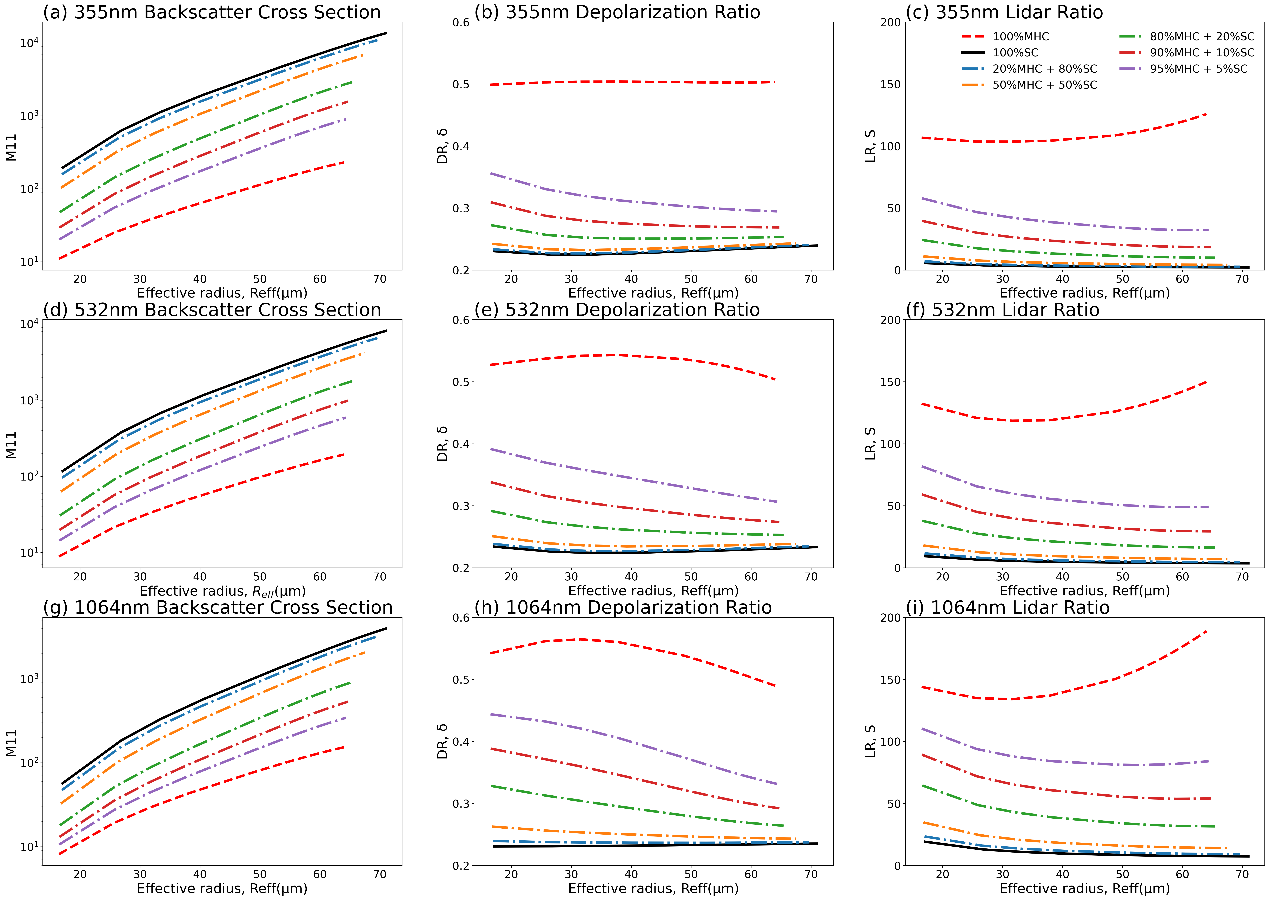
According to a research published in Optics Express, a team led by Prof. WANG Zhenzhu, Anhui Institute of Optics and Fine Mechanics, Hefei Institutes of Physical Science, Chinese Academy of Sciences, collaborated with Prof. Alexander Konoshonkin, from the V.E. Zuev Institute of Atmospheric Optics, Russian Academy of Sciences conducted a study into the optical properties of cirrus clouds, with a focus on hollow column ice crystal particles.
Cirrus covers more than 30% of the global airspace and is one of the key factors affecting the radiation budget balance of the earth-air system. In order to meet the requirements of the earth-air system model, it is necessary to conduct in-depth research on the microphysics of cirrus. Previous lidar detection experiments often ignored the hollow ice crystals in cirrus clouds, but more than 50% of the hollow columns in the real atmosphere were captured by the Cloud Particle Imager (CPI).
In this research, the team introduced the concept of "modal hollow columns" (MHC) to better represent the hollow ice crystals found in nature. Using the physical optical approximation method (PO), the team calculated the backscattering properties of this randomly oriented model and derived lidar parameters.
They found that when the ratio of MHC to solid columns (SC) exceeds 50%, it becomes possible to distinguish between the two based on the lidar ratio of 1064nm wavelength and the lookup table for the relationship between the color ratio of 1064/532nm and the depolarization ratio of 532nm.
Furthermore, the precise microphysical parameters can be obtained through this method.
"Our study has significant implications for the development of accurate earth-air system models," said ZHU Xuanhao, first author of the paper.

Backscattering properties of randomly oriented columns (Image by ZHU Xuanhao)